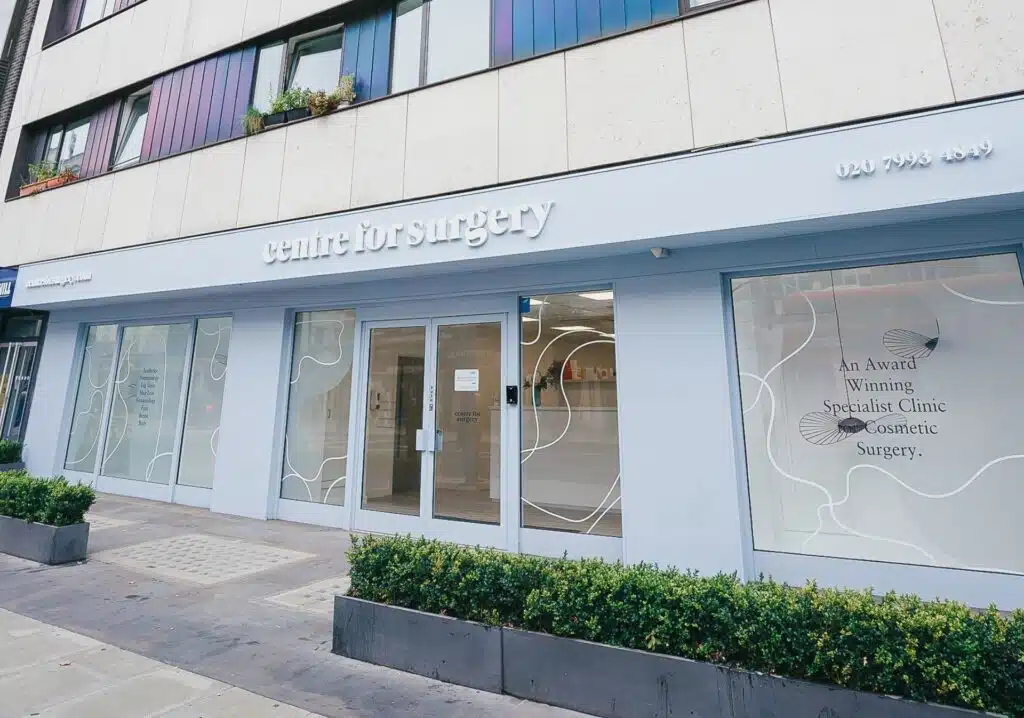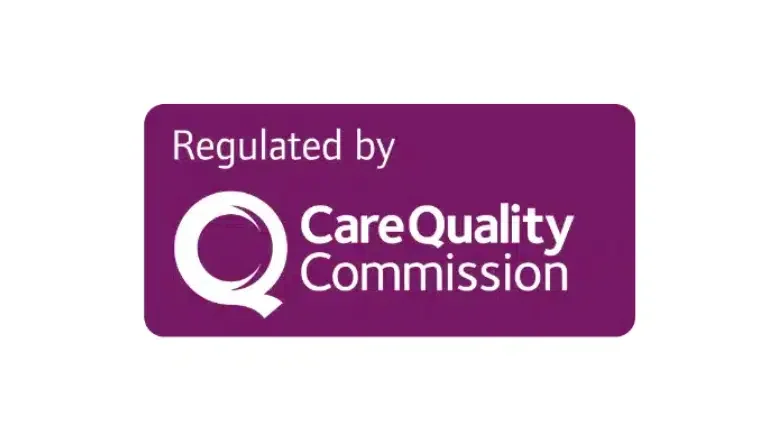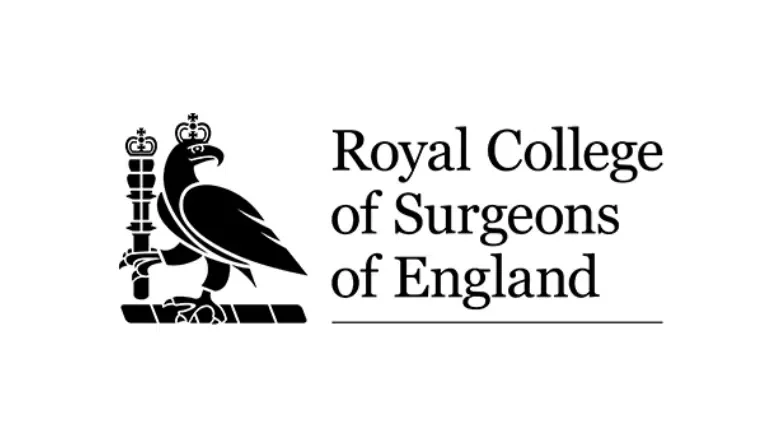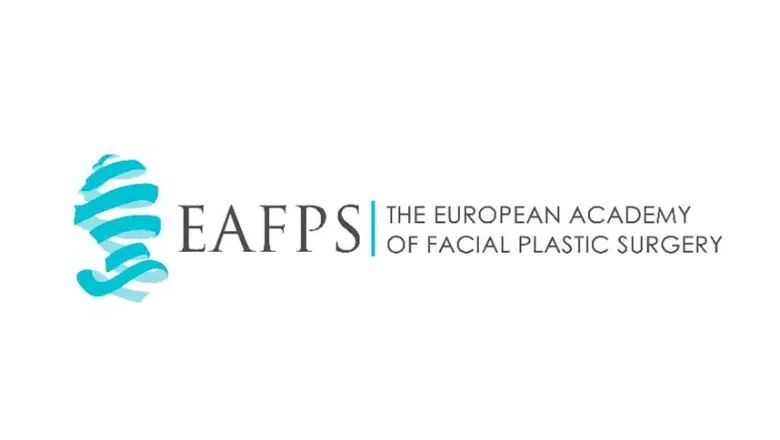If you’re worried about what might happen to your nipples during FTM top surgery, you’re not alone. Many people have the same concern. The good news is that, generally, the risk to your nipples is quite low, but it can vary depending on your body size and the specific surgery technique used.
At our Centre for Surgery clinic in London, we have a team of highly experienced surgeons who specialise in gender-affirming procedures. They frequently carry out FTM top surgeries at our Baker Street location. Our experts use a variety of methods to reduce breast size, and they take great care to minimise any risk to your nipples during these surgeries.
So, if you’re considering FTM top surgery and have concerns about your nipples, rest assured that our skilled surgeons at the Baker Street clinic are well-equipped to provide you with the safest and most effective surgical options.
Understanding the Double Incision Procedure for FTM Top Surgery
When it comes to FTM top surgery, the double incision procedure is one of the most common surgical techniques. However, if you’re planning on undergoing this procedure, you might have concerns about the impact it could have on your nipples. Here, we’ll break down the steps of the double incision method and discuss the associated risks to the nipples, with a focus on how skilled surgeons work to minimise those risks.
What Happens in a Double Incision Procedure?
The double incision procedure is often recommended for individuals with a larger amount of chest tissue. In this method, two horizontal incisions are made: one along the bottom of the pectoral muscles and another near the top of the chest. After making these incisions, a scalpel is used to remove the excess breast tissue. In addition, some liposuction might be performed to sculpt and contour the fat around the underarm areas, seamlessly integrating the chest’s new shape.
Nipple Grafts: Repositioning and Resizing
One crucial aspect of the double incision technique involves the nipples. After the breast tissue has been removed, the nipples are also surgically excised. They are then resized and grafted back onto the chest, but at a higher position that aligns better with male chest anatomy. This helps in achieving a more masculine appearance for the chest.
Risks to the Nipples
Now, let’s talk about the risks. One of the most commonly feared risks during a double incision procedure is the loss or damage of the nipple or areola due to complications with the graft. While this risk exists, it’s worth noting that a highly skilled and experienced surgeon will take every precaution to minimise these risks. Various factors, such as precise incisions, sterilisation, and aftercare, play a role in ensuring the nipple graft takes well and heals properly.
How Surgeons Minimise Risks
At our Centre for Surgery clinic in London, located conveniently on Baker Street, our team of specialist surgeons are well-versed in gender-affirming procedures like the double incision surgery. With years of experience and a focus on cutting-edge surgical techniques, our experts take multiple steps to minimise risks. For example, the surgeons use meticulous suturing techniques to ensure that the graft is securely in place. Post-surgery, we offer detailed aftercare instructions that involve cleaning and protecting the graft site, among other guidelines, to enhance the chances of successful healing.
Understanding the Keyhole Procedure for FTM Top Surgery
If you’re considering FTM top surgery, you’ll likely encounter various surgical options. The keyhole procedure is one such technique that might be suitable, particularly for those with smaller chest sizes. This method offers certain advantages, like reduced scarring and a higher likelihood of retaining nipple sensation. In this article, we’ll delve into the keyhole procedure’s specifics, from the surgical technique to potential outcomes, to help you make an informed decision.
What is the Keyhole Procedure?
In the keyhole method, the surgeon makes a small incision along the bottom half or border of the areola. This serves as the ‘keyhole’ through which excess breast tissue and some surrounding tissue are removed. Liposuction is the primary technique used to extract this tissue. Unlike other methods like the double incision procedure, the keyhole method doesn’t involve making multiple, larger incisions on the chest.
Nipple Considerations in the Keyhole Procedure
One of the unique aspects of the keyhole procedure is its approach to the nipples. While the nipples can be resized during the surgery, they cannot be repositioned. This is because the procedure only involves a small incision around the areola, and no skin or areola reduction is done. If repositioning the nipples is crucial for you, you might want to consider other surgical options.
Benefits: Reduced Scarring and Nipple Sensation
One of the most favourable outcomes of the keyhole procedure is the reduced scarring. Since the incisions are limited to small areas around the areola, the resulting scars are less prominent compared to other methods.
Another significant advantage is the potential for retaining nipple sensation. As the nipples are not removed or repositioned in this method, the likelihood of maintaining existing nipple sensation is relatively high. This can be a significant consideration for those who place a high value on nipple sensitivity post-surgery.
Who is an Ideal Candidate?
The keyhole procedure is typically recommended for individuals with smaller chest sizes and good skin elasticity. Larger chest sizes may not be suitable for this method due to limitations in how much tissue can be effectively removed through liposuction alone.
Expertise at Centre for Surgery
Our team at Centre for Surgery in London, located at Baker Street, has extensive experience in performing gender-affirming surgeries, including the keyhole procedure. We utilise the latest techniques and offer thorough post-surgery care guidelines to ensure you achieve the best possible results.
Pros and Cons of Double Incision and Keyhole procedures for FTM Top Surgery
| Criteria | Double Incision Top Surgery | Keyhole Top Surgery |
|---|---|---|
| Ideal Candidate | Larger chest sizes, less skin elasticity | Smaller chest sizes, good skin elasticity |
| Scarring | More noticeable, horizontal scars along the chest | Minimal, small incisions around the areola |
| Nipple Sensation | Higher risk of reduced sensation | Higher likelihood of retaining existing sensation |
| Nipple Positioning | Nipples can be resized and repositioned | Nipples can be resized but not repositioned |
| Surgical Technique | Two horizontal incisions, removal of breast tissue | Single incision around areola, removal via liposuction |
| Skin Tightening | Allows for skin removal and tightening | Does not allow for skin removal or tightening |
| Post-Operative Care | More intensive, including nipple graft care | Generally simpler with less intensive aftercare |
| Aesthetic Outcome | Allows for a flatter, more contoured appearance | Limited contouring, depends on natural skin elasticity |
| Surgical Complexity | Generally more complex | Less complex |
| Duration of Surgery | Typically longer | Usually shorter |
| Risk of Complications | Higher due to grafts and multiple incisions | Generally lower as it is less invasive |
FTM Top Surgery London – Why Choose Centre for Surgery
When it comes to FTM top surgery, making the right choice for your surgical care is crucial. Centre for Surgery, located on Baker Street in London, is a leading clinic specialising in gender-affirming procedures. But why should you choose us for your transformational journey? Here’s why.
Highly Experienced Surgeons
Our clinic is home to some of the UK’s most skilled surgeons in the field of gender-affirming surgery. Each of our surgeons has extensive experience and training, ensuring that you receive the highest standard of care from consultation through to aftercare.
Customised Care
We understand that each individual’s needs are unique. That’s why we offer a range of surgical techniques, from double incision to keyhole procedures, tailored to suit your body type and aesthetic goals.
State-of-the-Art Facility
Our Baker Street clinic is equipped with the latest surgical technology. This not only enhances surgical precision but also reduces recovery time, helping you to achieve the best possible results.
Comprehensive Aftercare
We offer a robust aftercare programme, providing you with peace of mind throughout the recovery process. Our specialists are always available to address any concerns or questions you may have post-surgery.
Finance Options
We offer flexible finance options, including 0% APR with Chrysalis Finance, to make the procedure more accessible for everyone. For more information, visit our Finance Options page.
Informative Resources
Looking for more information? Our Plastic Surgery Blog provides in-depth articles, and our Clinic FAQs can answer many of your preliminary questions.
What Our Patients Say:
Testimonial 1
“I couldn’t have asked for a better experience. From my initial consultation to the final check-up, Centre for Surgery was exceptional in every way. The team is incredibly caring and the results are beyond what I had hoped for.” – Alex T.
Testimonial 2
“My surgeon was highly skilled and the support staff were friendly and helpful. I felt in safe hands throughout the entire process. The outcome is amazing and has made a world of difference to me.” – Jamie H.
Testimonial 3
“Choosing Centre for Surgery was the best decision I’ve ever made. The aftercare was outstanding, and my surgery has truly been life-changing. I would recommend them to anyone considering FTM top surgery.” – Taylor L.
Ready to take the next step?
For more information or to book a consultation, feel free to contact us:
- 📞 Phone: 0207 993 4849
- 📧 Email: contact@centreforsurgery.com
- 📍 Address: 95-97 Baker Street, London W1U 6RN
- Contact Us Page
- About Us
Your transformational journey begins here. Choose Centre for Surgery for a safer, more effective, and highly personalised surgical experience.










